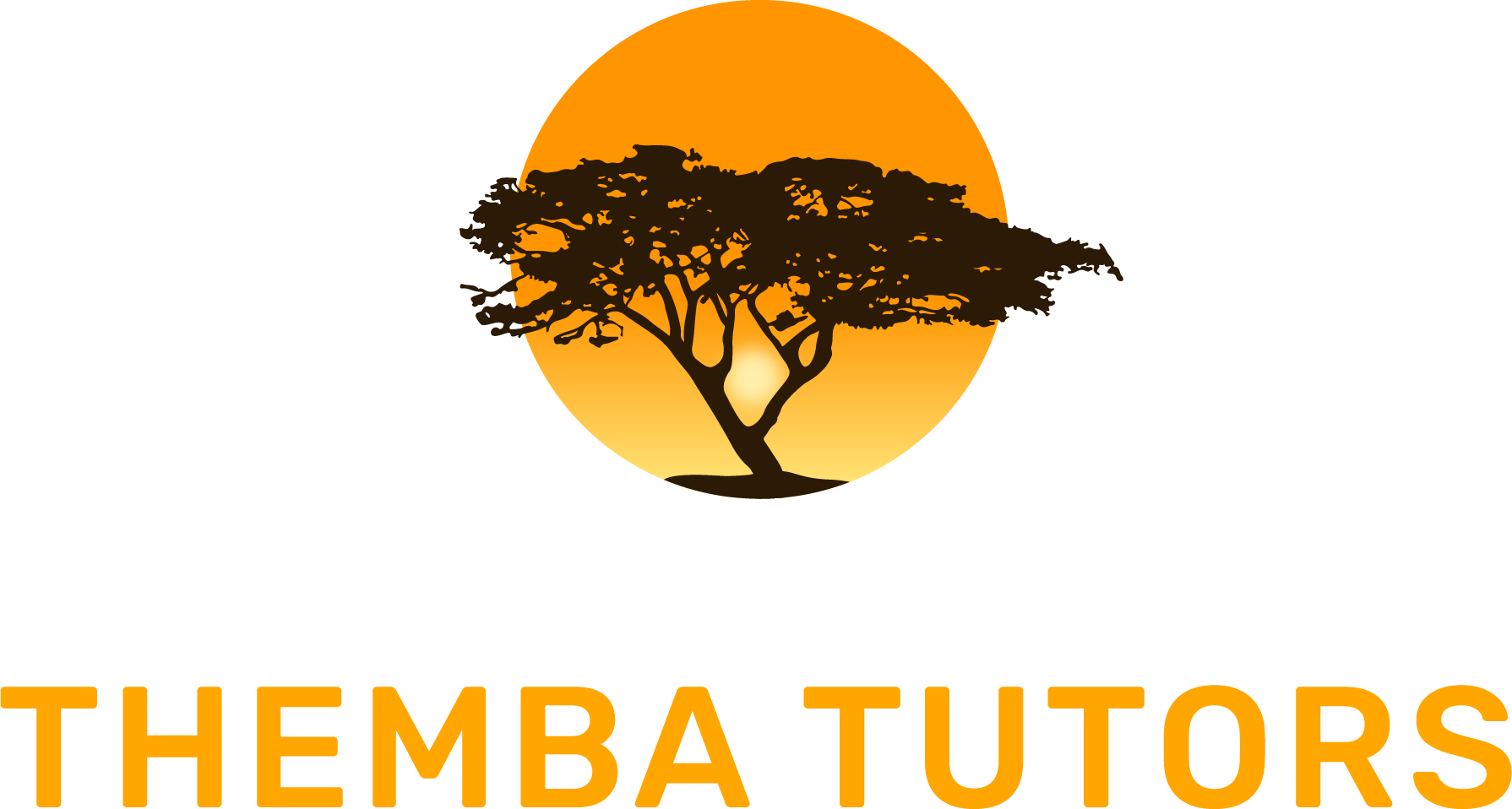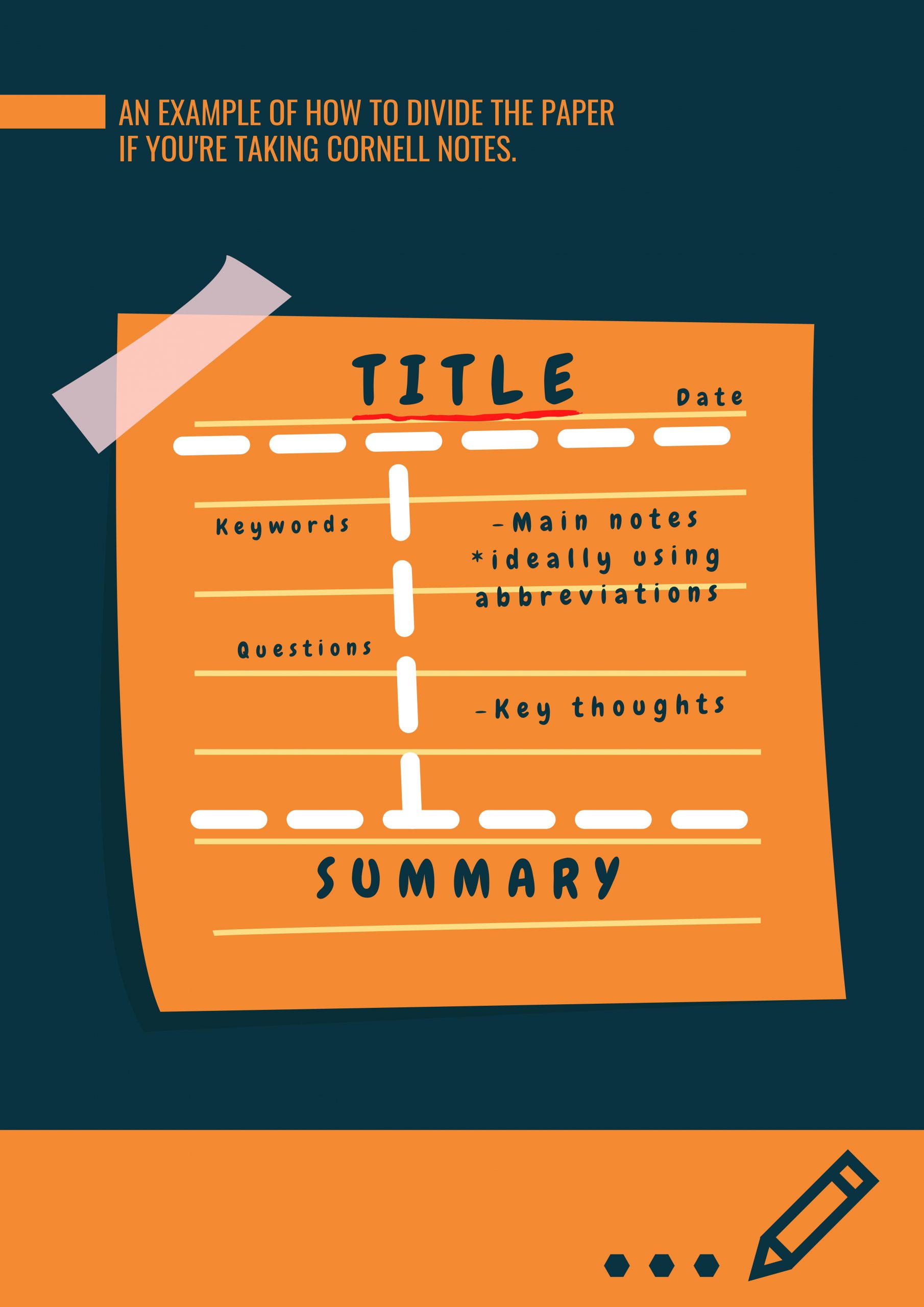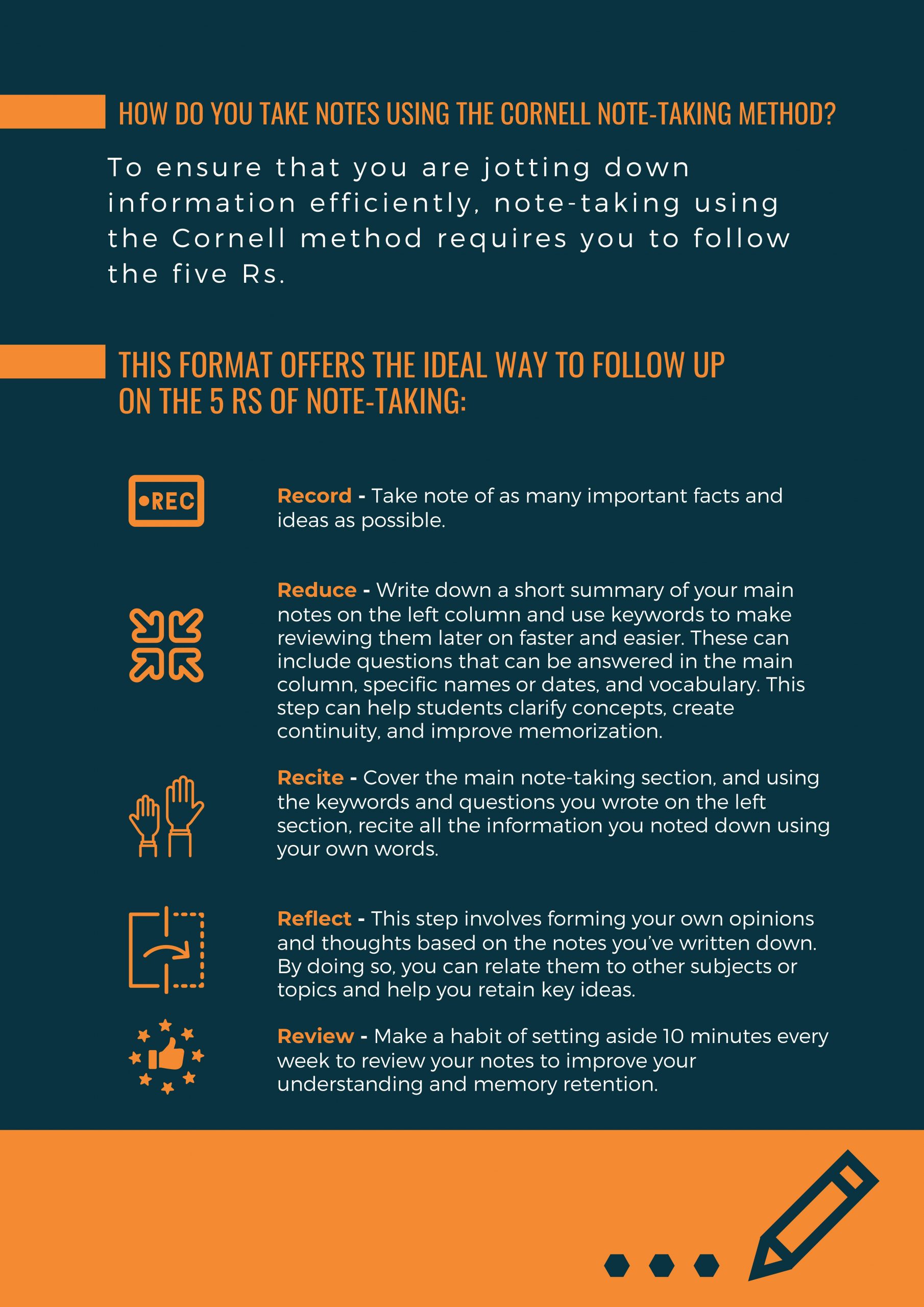
16 Jun Cornell Note-Taking Method
The Cornell Note-Taking Method:
How to Take Great Notes in Any Class

Whether you’re a student or a professional, it’s virtually impossible to go through your class or work day without noting down important information from your teachers, bosses, or coworkers. Studies have shown that individuals who actively take notes in class or at work are able to retain more knowledge and information.
Students often use different note-taking techniques that suit their learning style. Some prefer a more structured approach and use outlines with headings or bullets. Others are more visual, opting to include illustrations and draw learning maps. And some don’t use a particular technique, at all, and simply jot down all the details they think are important. But while these methods may get the job done, there is one note-taking technique that is widely recognized as the most efficient way to jot down notes and key ideas and review them later on. It’s called the Cornell Note-Taking Method, which was first developed in the 1950s by Prof. Walter Pauk of Cornell University.
What is the Cornell Note-Taking Method?
The Cornell Note-Taking Method is a specific system of taking, organizing, and reviewing notes or information. While it’s name may sound intimidating to some, this note-taking method is actually as simple as it gets and requires little to no preparation.
Simply divide your paper into four (sometimes, only three) sections, which should include two columns, one row at the bottom of the page, and an optional smaller row at the top of the page. The right column should cover 70 percent of the entire page and will serve as the main note-taking section.
Meanwhile, the smaller column on the left will be used for writing down questions and cues or keywords that will make reviewing notes easier and faster. The row at the bottom is where you should write a brief summary of all the notes on that page (around five to seven lines), while the optional space at the top is where the name of the class, meeting, or subject should be mentioned.
How Do You Take Notes Using the Cornell Note-Taking Method?
The Cornell Note-Taking Method allows students to process information in a more effective manner. It encourages individuals to analyze and think critically while noting down information as opposed to simply listing down dates, names, or ideas that they hear. To ensure that you are jotting down information efficiently, note-taking using the Cornell method requires you to follow the Five Rs. These are:
- Record – Take note of as many important facts and ideas as possible
- Reduce – Write down a short summary of your main notes on the left column and use keywords to make reviewing them later on faster and easier. These can include questions that can be answered in the main column, specific names or dates, and vocabulary. This step can help students clarify concepts, create continuity, and improve memorization.
- Recite – Cover the main note-taking section, and using the keywords and questions you wrote on the left section, recite all the information you noted down using your own words.
- Reflect – This step involves forming your own opinions and thoughts based on the notes you’ve written down. By doing so, you can relate them to other subjects or topics and help you retain key ideas.
- Review – Make a habit of setting aside 10 minutes every week to review your notes to improve your understanding and memory retention.
Learn more about how to boost your productivity when completing school or work-related tasks:
Learn more about the Cornell Note-Taking Method
Chat with Themba Tutors Today!
Our learning specialists, tutors, and coaches are ready to help you right now!
Call: (917) 382-8641, Text: (833) 565-2370
Email: [email protected]
(We respond to email right away!)
Craig Selinger
Latest posts by Craig Selinger (see all)
- Urban Dreams Mental Health Film Festival - April 11, 2024
- Manhattan In-home Math Tutors - October 14, 2022
- Learning Disabilities of NJ Conference & Resource Expo - October 11, 2022




No Comments